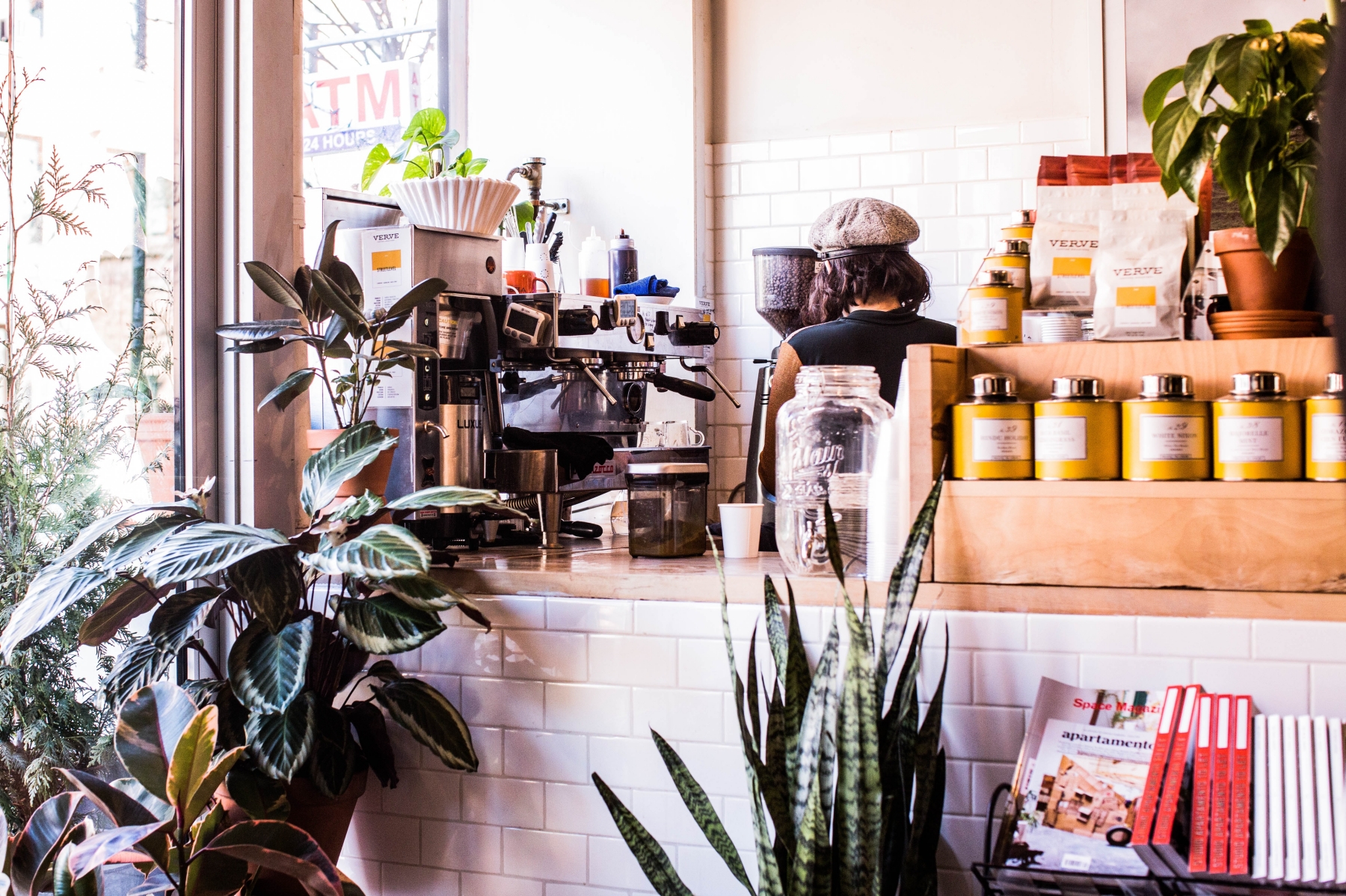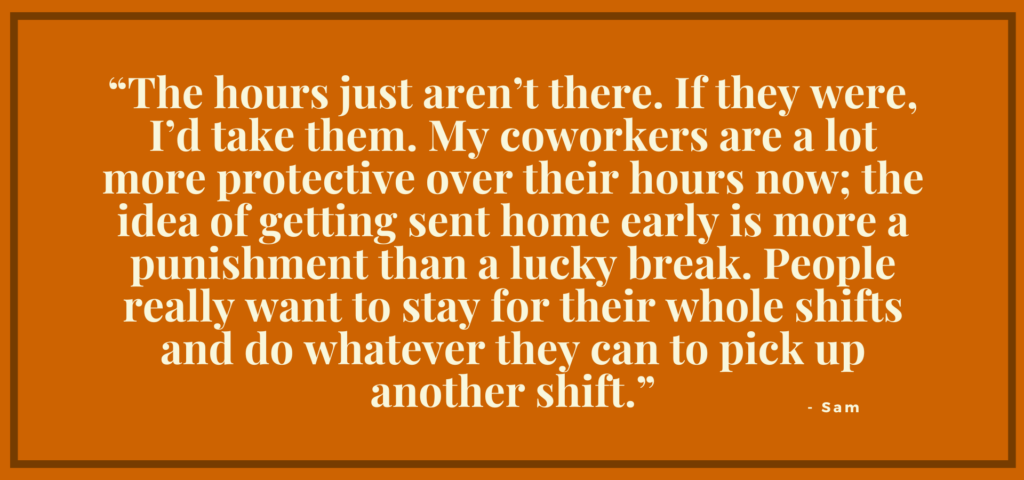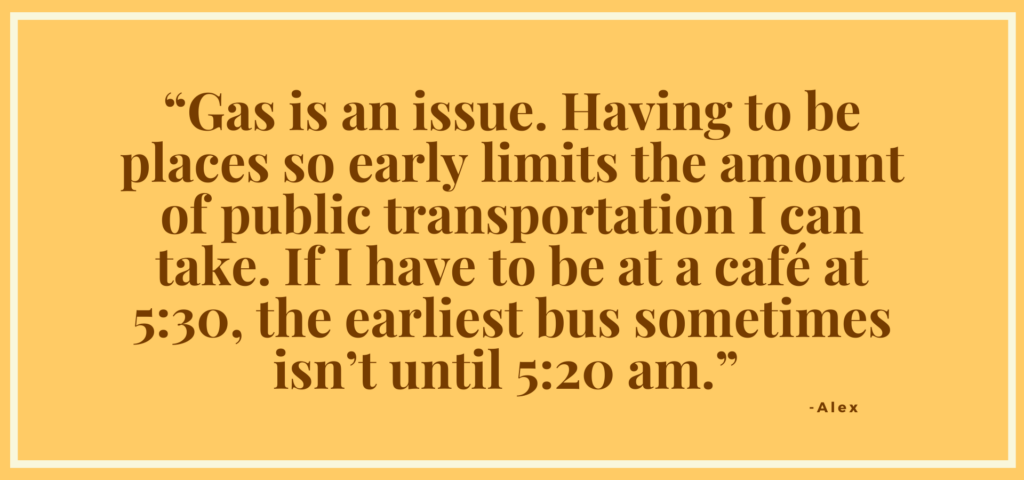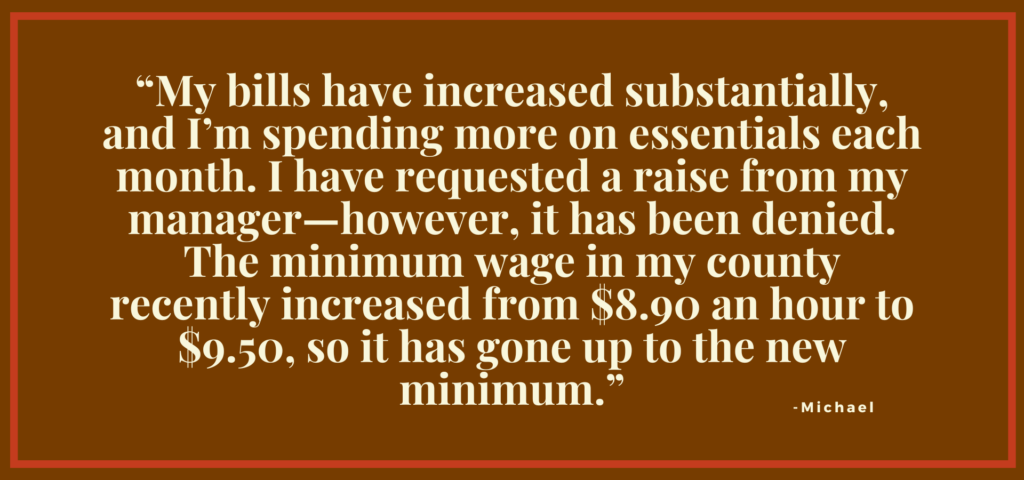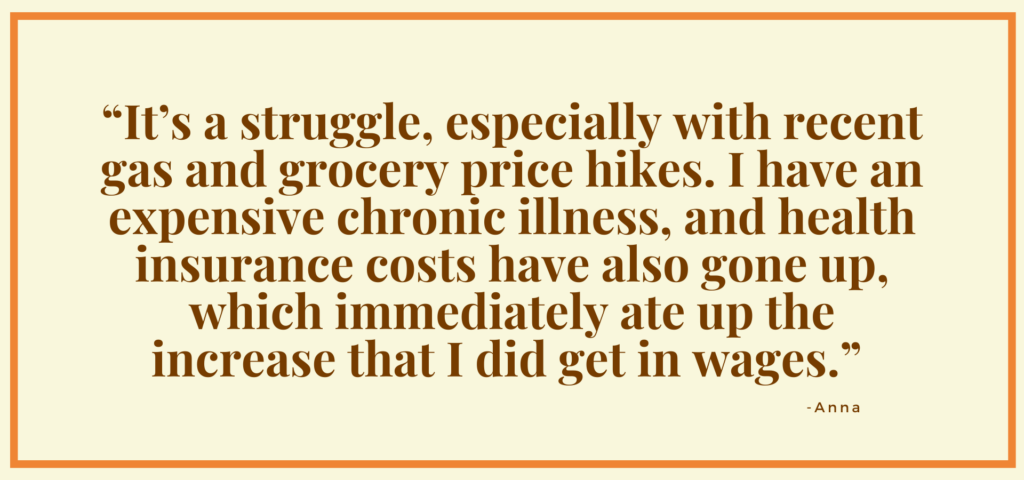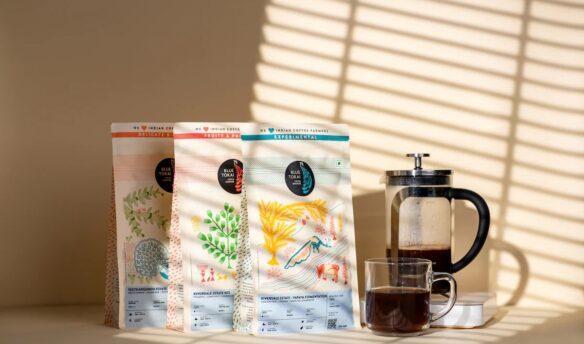Are your paychecks keeping up with rising costs? If so, you’re lucky. A July 2022 survey revealed that “54.7% of American workers have not had their hourly wage or salary match the consumer price index (CPI), the standard metric for consumer inflation.”
Costs for all goods and services have risen steadily over the past year as inflation continues to spike with no signs of a slowdown ahead. The abovementioned CPI, or Consumer Price Index, which measures changes in the cost of food, housing, gasoline, utilities, and other goods, rose by 9.1% over the past 12-month period ending in June—a 40-year-high. Prices were up 1.3% in June alone.
Persistently, the most significant increases measured by the CPI are in energy, which factors into the price of all goods since most things are manufactured and transported using some form of power like gas or electricity.
The effects of inflation trickle down supply streams, meaning that even as increased costs of goods hammer small businesses, workers need more money to stay afloat. In September 2021, the Society for Human Resource Management (SHRM) found salary increase budgets at 3.3% for 2022, a year that has seen inflation triple that number.
Compounding the issue in a necessary but painful step: the Federal Reserve aggressively raised interest rates to curb inflation in the long term. Higher interest rates make credit card debt more costly, worsening the struggles of those shifting expenses onto credit cards.
These are numbers on paper across all sectors, but how does this pan out for coffee workers in the US, especially at the lowest pay tiers? In addition to interviews, we sent out a survey asking hourly coffee workers about their experiences with wages and inflation. The results reveal cost increases baristas (and their employers) just can’t keep up with.
From Abundance to Struggle
Minneapolis barista Sam* has worked in coffee for seven years. She details her experience moving from a place of financial abundance into one of struggle between 2017 and now. Currently, she’s taken on gig work outside of coffee. Sam had to take on a second job because her barista wages weren’t covering expenses—adding on a second gig has raised her average hourly wage by $10 per hour, but she works significantly more between the two jobs.
“I remember feeling abundant in 2017,” she says. “I could travel and get tattoos fairly often without feeling like I couldn’t pay my bills. Planning those luxuries fit into my paychecks just fine. I could save up my cash tips for a few weeks to come up with what I needed.” She remembers her coworkers fighting over who would get sent home early on slower days, adding that “not many people worked second jobs.”
She’s grateful to have had those experiences. Now, she feels “extremely restricted with her cash flow,” partially due to reduced hours in her coffee job. “The hours just aren’t there,” she says. “If they were, I’d take them. My coworkers are a lot more protective over their hours now; the idea of getting sent home early is more a punishment than a lucky break. People really want to stay for their whole shifts and do whatever they can to pick up another shift.” It’s also become common for her coworkers to have second jobs or side gigs.
On the side, she now cleans luxury residential apartments via an app “as often as I can to make up for the gap. My hours for the app aren’t consistent, but when I get them, I make decent cash. I’m at least breaking even each month.”
With higher costs, fewer hours, less valuable wages, and four months of unemployment early in the pandemic, she drained her savings and accrued credit card debt. She’s now chipping away at it, but “it feels like a very steep mountain to conquer.”
Discussing inflation and business expenses, she notes that her pay is the Minneapolis minimum wage ($13.50 per hour as of July 2022), as her shop doesn’t give raises. “Meanwhile, in 2017, the price guests paid for their 10oz coffee was $1.50 an in 2017; the price guests pay for that same cup in 2022 is $3.25.” She knows exactly where that money goes, and it’s not into padding ownerships’ pockets. “We all know how wild coffee prices have gotten, so of course, we know where that extra $1.50 is going.”
Pushed Out of Coffee
To former barista Vanea, coffee is a family thing. She’s currently in Holland, Michigan, but comes from Kailua-Kona, Hawai’i, where her family ran multiple cafés until the late 2000s. After moving to Michigan, she worked at an on-campus café in 2018 and moved to an off-campus one after businesses reopened in 2021.
“I chose this place because of their good reputation in the coffee community. I was told there were lots of chances for movement throughout the company,” Vanea says. It was over a month of training before she could work the floor, meaning a lower training wage and no tips.
“I was hired part-time but worked 28-30 hours a week to make ends meet. Being hired in the summer [with increased foot traffic], tips helped make up for the lack of pay.” She started at $10 an hour, which she felt was low for her experience and work-related expenses. “I asked for a raise after about eight months, expressing concerns to my manager about how I could barely put gas in my car, pay my rent and get groceries. He sympathized and requested a raise.” She was told there was a wage freeze. “I remember shortly after, we were all given swag bags with a notebook and a reusable cup. It felt like a slap in the face because I was struggling,” she says.
She kept pushing as her expenses increased and her budget shrank, especially for non-fixed essentials like food. “After I paid my rent and put gas in my tank, I would have very little left over,” she says. “If I had to put more gas in my tank, I had to borrow money from my friends because I was struggling so much. I could only afford staples, nothing more.”
She could not save even small amounts, no matter how many shifts she picked up. “I was worried that if an emergency came up, I’d be screwed.” She would have breakdowns on the arrival of each paycheck.
“Sadly, I had to leave coffee,” she says. “It’s been my passion since I could crawl on the floor of my parent’s café. My greatest memories are with the people I worked with through college and at my former place of employment.”
Breaking Even Means Long Hours, Long Weeks, and Rigid Budgets
Alex is an Indigenous two-spirit barista in Milwaukee, Wisconsin. They’ve been in coffee for three and a half years with experience in training, management, catering, and barista competitions. They’re currently working three jobs “just to keep up with expenses,” which have increased dramatically.
“At two of my jobs, the wage has increased since I started,” they say. One increased from Alex taking on a role that would normally go to a second full-time worker. “The second was due to not being able to fill staff positions. The increase has helped: it allowed me to have a full day off every week.” During COVID shutdowns, they had days where they worked from 5:30 in the morning to 10:00 at night “at least twice a week.” They still work six days a week to make ends meet.
Describing costs, they specifically cite increases in expenses that support work. “Gas is an issue. Having to be places so early limits the amount of public transportation I can take. If I have to be at a café at 5:30, the earliest bus sometimes isn’t until 5:20 am.”
Parking is also a considerable expense for them since they work downtown. “Being responsible for commuting to different locations adds up,” they say.
Because of the amount they work, food costs are also a struggle. “Always being on the move, it’s hard to pack a lunch or even find time to go grocery shopping,” they say. “Eating out adds a lot of costs.”
“Inflation is massively impacting my groceries, utility bills, and gas,” says David, a roaster and barista trainer on Maui.
“When things started to go up, I made a rigid budget,” he says, “but staying under it usually means cutting non-essentials. Sometimes that’s difficult because those are things I consider self-care, so I’m reluctant to give them up.” He wants to increase the amount he works but can’t—with young children at home, the increasing costs of daycare make it impossible. “It’s really a rock and a hard place,” he says.
Raises Impossible or Simply Not Enough
The survey we released to Fresh Cup readers shows that baristas and other hourly coffee workers struggle to meet their expenses even if they’ve recently received a wage increase. Since coffee companies are also struggling to meet rising costs, many haven’t increased wages.
Barista Caitlin has worked in four cafés in her life. In her current shop, she’s making the most she ever has, “mostly thanks to tips as my hourly rate is very low.” In the past month, tips have dropped significantly, so her paychecks are smaller, “which isn’t fantastic with my cost of living increasing,” she says. Before her current job, she worked at a shop where the hourly wage was over a third higher than what she makes today. “In my first shop, right before the pandemic, I made $12 an hour, which was increased to $13 during the pandemic as tips flatlined. I make $8.50 an hour at my current shop, but tips ideally double my paycheck.”
Rose started as a barista during COVID, and raises simply haven’t met expenses. “I can only pay 25% of my rent, so my partner pays the rest, including groceries,” she says. “I can barely pay my expenses, let alone save for my future.”
John, a barista in Oklahoma, also relies heavily on shared finances to meet expenses. “I live with my girlfriend, who pays the rent while I pay for utilities, groceries, etc. As it stands, I am able to afford my expenses with her second income, but we are still in poverty.” He started barista work in the summer of 2021 at the Oklahoma minimum wage (same as the national minimum wage of $7.25/hr). “I now make $9 per hour.”
“We’re in full swing of the season,” says Devon*, a barista in a mountain tourist town. “I have cycled through struggling and racking up credit card debt. After tips, Walmart employees here make more than I do.” Despite cost increases, the base pay at her shop is the same as when she started in 2020.
“My wages aren’t meeting my expenses,” says barista Michael*. “My bills have increased substantially, and I’m spending more on essentials each month. I have requested a raise from my manager—however, it has been denied. The minimum wage in my county recently increased from $8.90 an hour to $9.50, so it has gone up to the new minimum.”
Retail operations manager Shaylee shared that her wages almost meet her expenses. “Almost, but no. I can afford to pay my bills but have struggled when other life stuff happens (car towed, needing repairs, tickets, etc.).” For instance, her shoes had holes for six months because she couldn’t afford to replace them. “I ended up getting rid of my car, and I eat a lot of frozen food. I really can’t afford to do anything I enjoy.” She says that technically, she’s increased her income by 50% since 2020 but had to move to a state with a higher cost of living —so the extra money doesn’t go far.
“It’s a struggle, especially with recent gas and grocery price hikes,” says café manager Anna*. “I have an expensive chronic illness, and health insurance costs have also gone up, which immediately ate up the increase that I did get in wages.” Her wages have increased by $1.50 per hour since 2020.
Asked if his wages have increased and if they meet his expenses, coffee roaster Richie responded simply: “No and no.”
Coffee department head Pauline said her wages “barely” meet her cost of living and have “not increased at all,” despite inflation.
Jasmine*, a barista, says, “My wages are not meeting my expenses. I’m tapping into my savings and running out of money quickly.”
John, a roaster, also said his wages don’t meet his costs. “I have $0.14 in savings,” he says.” Every month I’m closer to bankruptcy.”
Moving Forward
With aggressive action taken by the Federal Reserve to curb inflation, will cost pressures ease, or will the rate increases trigger a recession that makes things even more difficult for baristas, other coffee workers, and cafés? No one really knows.
As much as the inclination is to push for higher wages, simply raising wages is not enough to address the devastating effects of inflation on the retail coffee industry. Cost increases at every level of the supply chain have left many small businesses in a bind—and workers in an even worse one.
*Names with asterisks have been changed to protect anonymity. We also only used first names to protect respondents’ identities. Cover photo by Charisse Kenion
RJ Joseph is a coffee writer focusing primarily on equity, workers’ rights, and structural alternatives to the status quo. She’s been a barista, a roaster, a green coffee grader and lab tech, and finally made coffee writing her full-time gig at Red Fox Coffee Merchants. In her decade in coffee, she’s also run a queer coffee events organization, written a blog on equity in coffee, and run a coffee satire website called The Knockbox. If you see her around, say hi.


